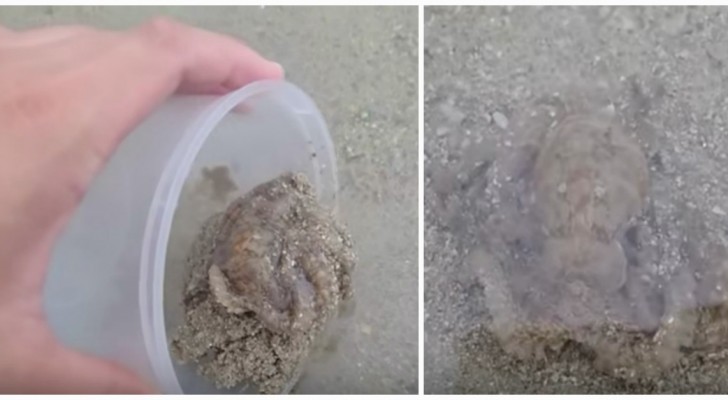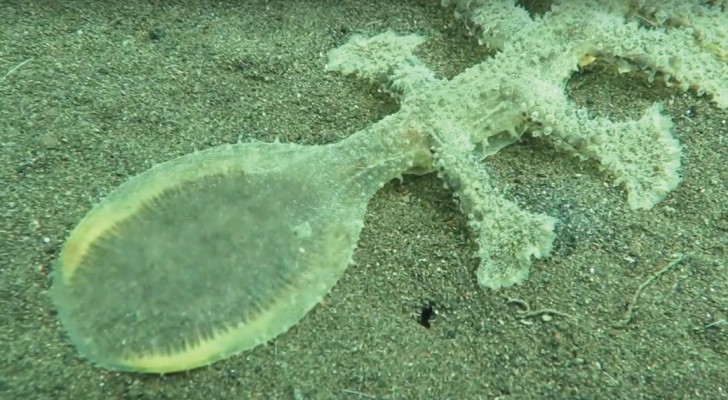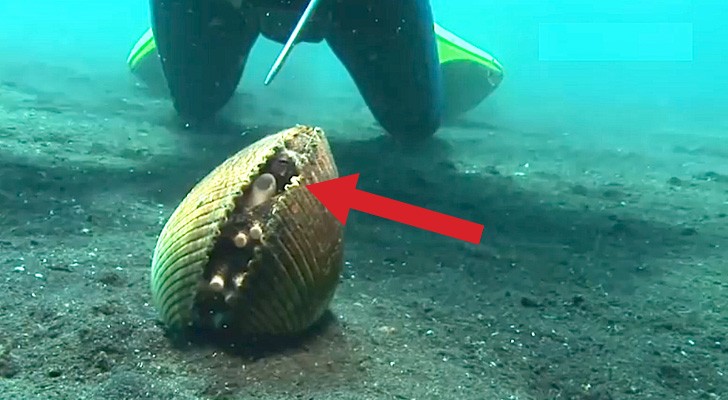Why do some shells have holes in them? The time has come to find out
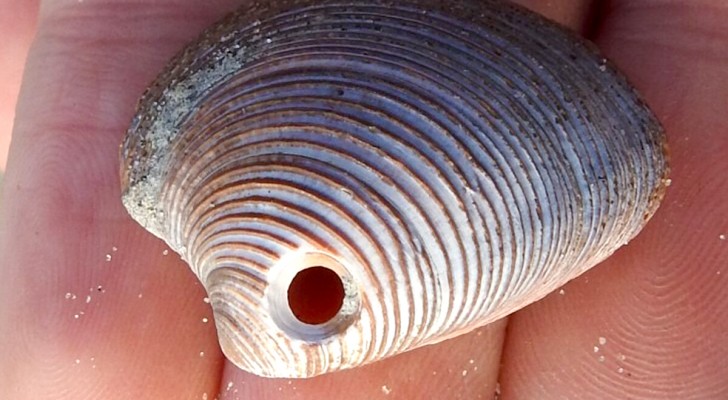
When we are at the beach walking along the shoreline, we might see many shells in the sand. These fascinating objects come in all sizes, shapes and colors. Some say that you can always hear the sea when you hold up a shell to your ear - no matter where you are.
In addition to their beauty, however, shells are small "houses" in which many creatures live. Molluscs and similar creatures hide and protect themselves inside these casings. But have you ever noticed that some of them have holes?
via Florida Museum
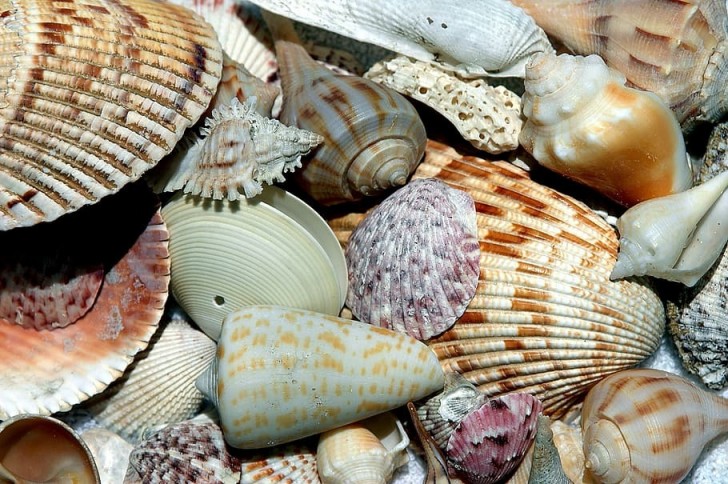
Have you ever wondered why some shells have a hole bored into them? Well, let's find out.
Unfortunately, these holes mean that the creature living inside of the shell was attacked by a specific predator. So what is this predator?
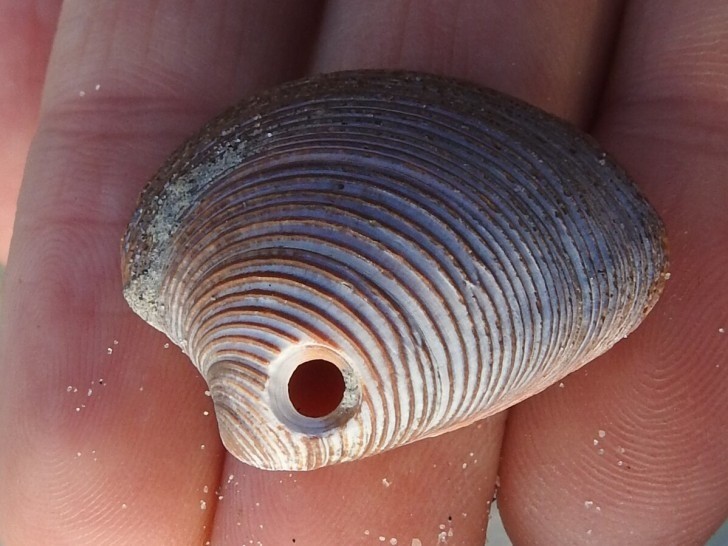
The carnivorous snail, Naticarius stercusmuscarum, feeds on the inhabitants of shells. This predator also has a shell which is very distinctive.
This snail produces an acid secretion - via the radula - which creates a hole in the shell of its prey. The radula is a minutely toothed, chitinous ribbon, which is typically used for scraping or cutting food before the food enters the snail's esophagus. Once breached, the snail consumes the creature living in the shell.
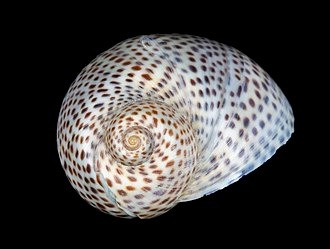
The radula is an organ that allows the snail to both breach the shell and consume its prey. Indeed, the radula can move up to 300 times in just a few seconds whilst doing this.
Once breached, the inhabitant of the shell is doomed.
Did you already know about this wonder of nature?

